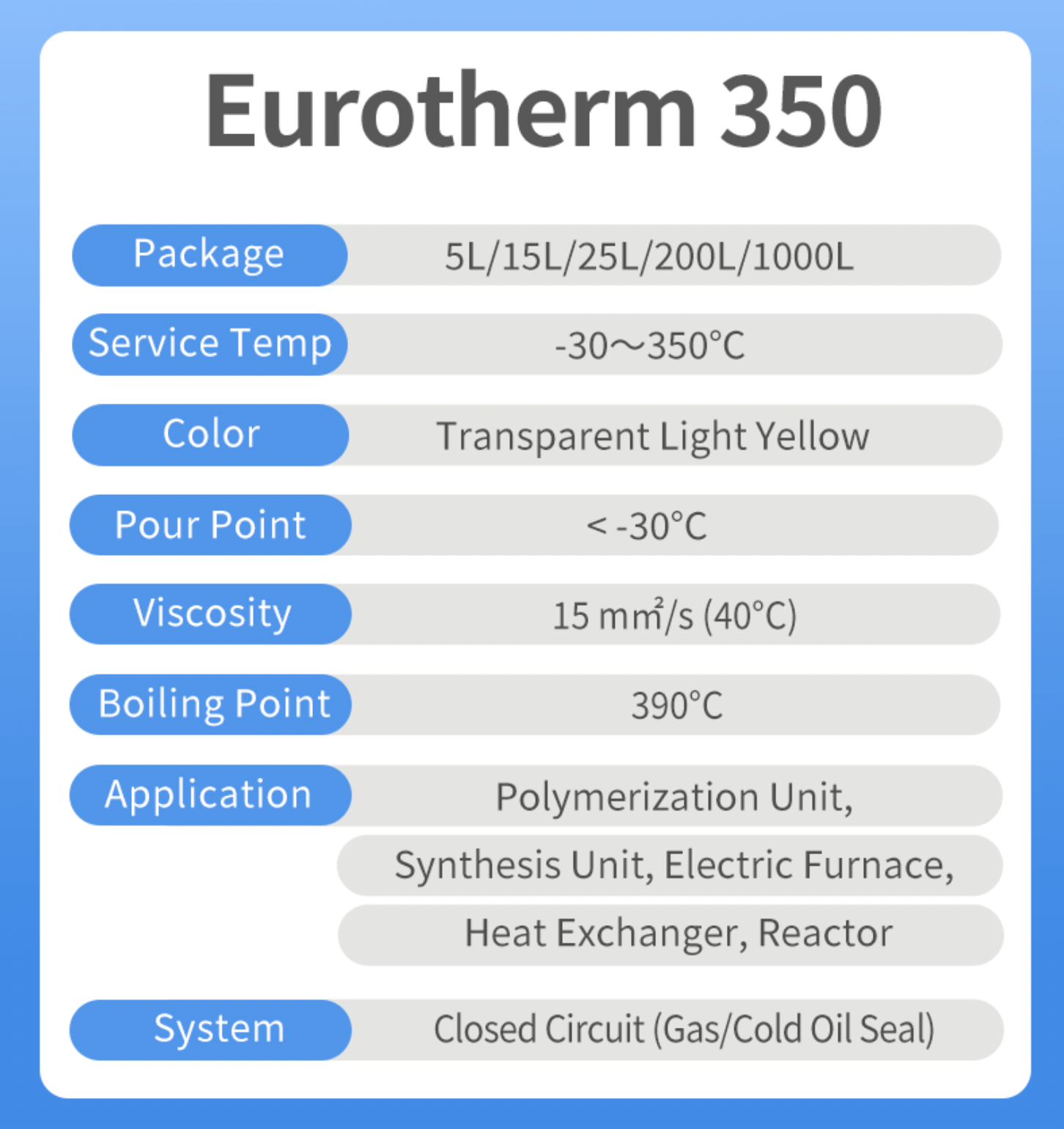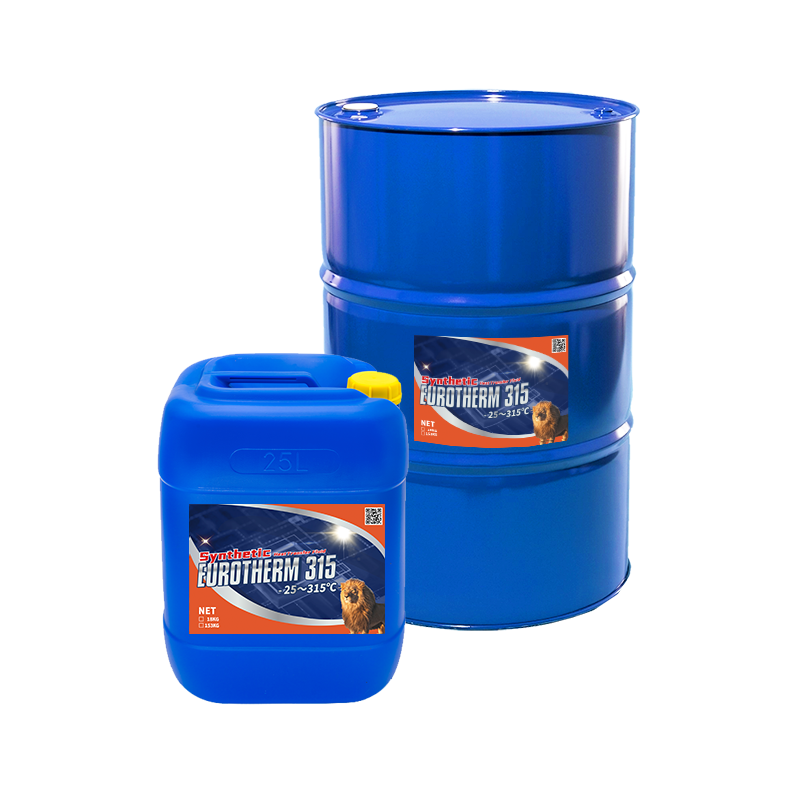Some Known Questions About Chemie.
Some Known Questions About Chemie.
Blog Article
Not known Incorrect Statements About Chemie
Table of ContentsChemie Fundamentals ExplainedThe Ultimate Guide To ChemieChemie Can Be Fun For EveryoneThe Facts About Chemie UncoveredThe Chemie IdeasChemie - An Overview
By Bojanna Shantheyanda, Sreya Dutta, Kevin Coscia and David SchiemerDynalene, Inc. Liquid air conditioning, which can be achieved making use of indirect or direct methods, is used in electronics applications having thermal power thickness that might surpass risk-free dissipation via air cooling. Indirect fluid air conditioning is where heat dissipating electronic components are physically divided from the fluid coolant, whereas in case of straight cooling, the elements are in straight call with the coolant.In indirect cooling applications the electrical conductivity can be essential if there are leakages and/or spillage of the fluids onto the electronics. In the indirect cooling applications where water based fluids with deterioration inhibitors are generally made use of, the electric conductivity of the liquid coolant generally depends upon the ion focus in the fluid stream.
The increase in the ion focus in a shut loophole liquid stream might take place as a result of ion leaching from steels and nonmetal elements that the coolant fluid touches with. During procedure, the electric conductivity of the fluid might increase to a degree which can be unsafe for the cooling system.
10 Easy Facts About Chemie Described
(https://allmyfaves.com/chemie999?tab=chemie999)They are bead like polymers that can exchanging ions with ions in a solution that it touches with. In today job, ion leaching tests were executed with various metals and polymers in both ultrapure deionized (DI) water, i.e. water which is treated to the highest levels of purity, and reduced electric conductive ethylene glycol/water mix, with the measured change in conductivity reported with time.
The samples were allowed to equilibrate at room temperature level for two days before recording the preliminary electric conductivity. In all examinations reported in this research study liquid electrical conductivity was gauged to an accuracy of 1% utilizing an Oakton disadvantage 510/CON 6 collection meter which was calibrated before each dimension.
See This Report on Chemie
from the wall heating coils to the facility of the heating system. The PTFE example containers were positioned in the heater when steady state temperature levels were gotten to. The examination arrangement was removed from the furnace every 168 hours (seven days), cooled down to area temperature level with the electrical conductivity of the liquid determined.
The electric conductivity of the fluid sample was kept an eye on for a total of 5000 hours (208 days). Number 2. Schematic of the indirect closed loop cooling down experiment set up - fluorinert. Table 1. Elements utilized in the indirect closed loop cooling experiment that are in call with the liquid coolant. A schematic of the experimental arrangement is received Number 2.

Fascination About Chemie
The modification in fluid electrical conductivity was kept an eye on for 136 hours. The fluid from the system was gathered and saved.

0.1 g of Dowex resin was contributed to 100g of fluid samples that was absorbed a separate container. The blend was mixed and alter in the electrical conductivity at space temperature was determined every hour. The gauged modification in the electric conductivity of the UP-H2O and EG-LC test liquids containing polymer or steel when engaged for 5,000 hours at 80C is revealed Number 3.
Chemie Can Be Fun For Anyone
Figure 3. Ion leaching experiment: Calculated change in electrical conductivity of water and EG-LC coolants including either polymer or steel samples when submersed for 5,000 hours at 80C. The results suggest that steels contributed less ions right into the fluids than plastics in both UP-H2O and EG-LC based coolants. This could be because of a thin metal oxide layer which might function as a barrier to ion leaching and cationic diffusion.
Liquids consisting of polypropylene and HDPE displayed the most affordable electrical conductivity changes. This might be as a result of the short, rigid, direct chains which are less most likely to add ions than longer branched chains with weaker intermolecular pressures. Silicone also did well in both test fluids, as polysiloxanes are normally chemically inert because of the high bond power of the silicon-oxygen bond which would certainly avoid destruction of the material right into the liquid.
Fascination About Chemie
It would certainly be expected that PVC would produce comparable outcomes to those of PTFE and HDPE based on the comparable chemical frameworks of the materials, nonetheless there might be other pollutants present in the PVC, such as plasticizers, that might impact the like this electrical conductivity of the fluid - silicone fluid. Additionally, chloride teams in PVC can likewise seep into the test liquid and can trigger a boost in electric conductivity
Buna-N rubber and polyurethane revealed indicators of destruction and thermal disintegration which suggests that their feasible utility as a gasket or glue product at greater temperatures can bring about application problems. Polyurethane totally disintegrated right into the test liquid by the end of 5000 hour test. Number 4. Before and after pictures of steel and polymer examples immersed for 5,000 hours at 80C in the ion leaching experiment.
Calculated adjustment in the electric conductivity of UP-H2O coolant as a function of time with and without resin cartridge in the closed indirect air conditioning loophole experiment. The determined change in electric conductivity of the UP-H2O for 136 hours with and without ion exchange resin in the loop is received Figure 5.
Report this page